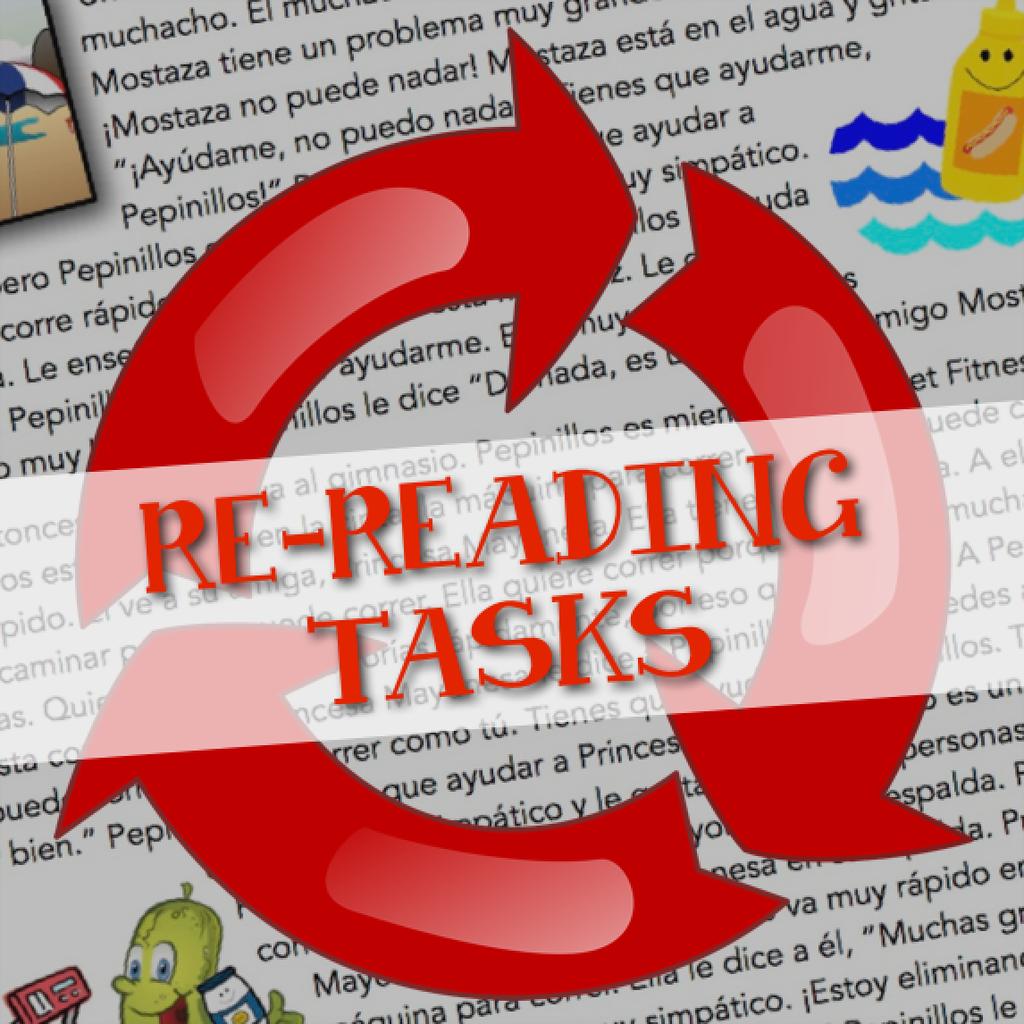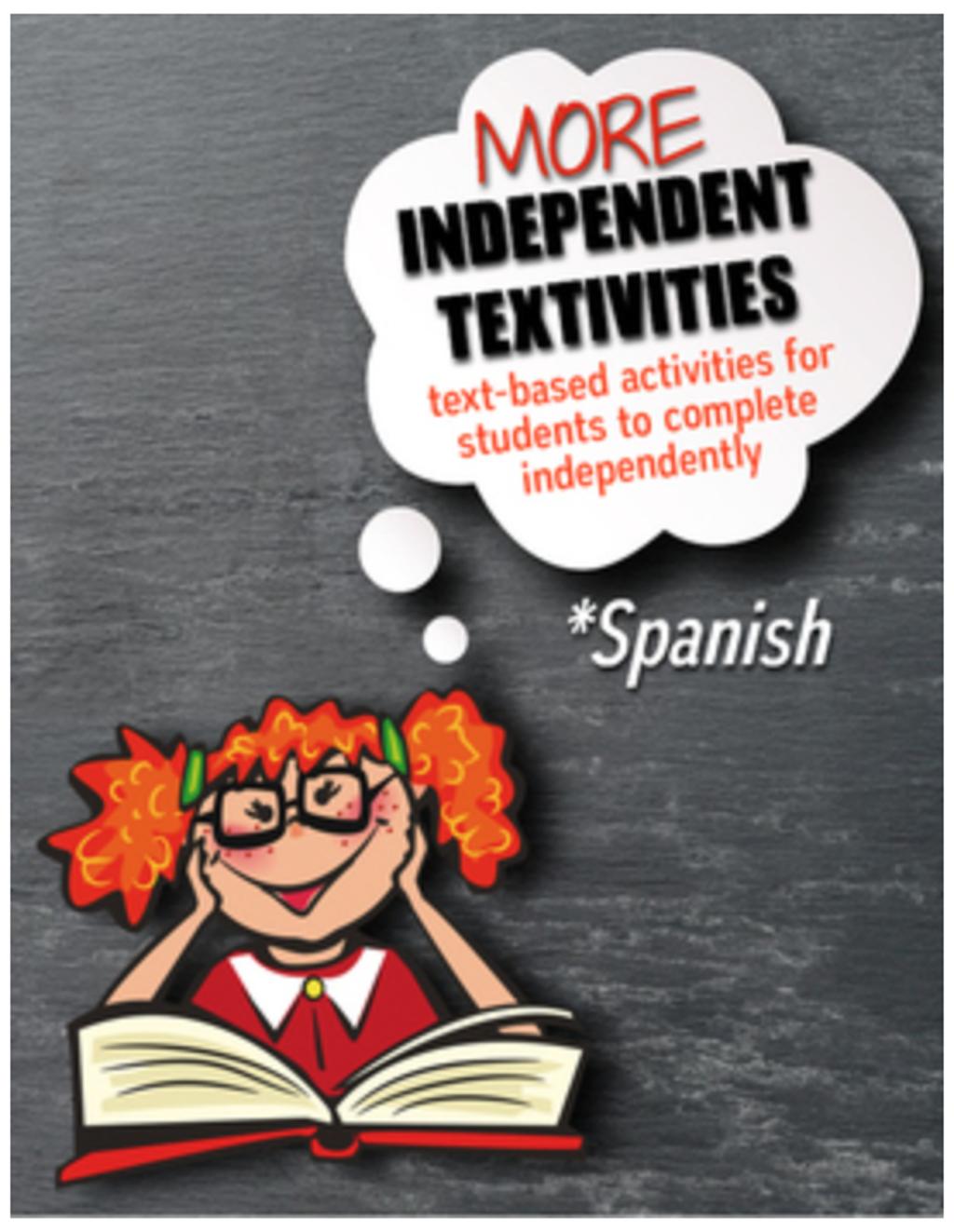
I'm still on Plan B for one of my classes. Every day, I test the waters by doing PQA at the beginning of the period, and every day they continue to talk and talk and talk. The good news is that they are great at working independently and even with partners, so even though they are not getting the aural input that I would like for them to have, they are still able to get meaningful repetitions of the structures through reading. If you find yourself on Plan B (if even for a day...or need some sub plans...) here are some different activities that I've used to get many repetitions out of one reading text (reading it multiple times with different purposes). Remember, since the key is repetitions, the students should have access to the text at all times so that they can keep re-reading it to complete each activity. I typed this up quickly, so I'll add more to it as I remember...but I'd love to hear what you are doing, as well!!
- Students read the story and write unknown words on the board. Teacher writes the translations beside them as they add new words to the board.
- Students read and respond to L2 questions about the reading (since this is not for assessment purposes).
- Students write a summary statement for each paragraph in English, then translate each summary statement into Spanish.
- Teacher writes a list of events from the story and scrambles them; students put them in the correct order.
- Teacher writes a summary statement for each paragraph in L2; students match it with the correct paragraph.
- Teacher makes a list of events from the story, students write what happened before and after each event.
- Horizontal conjugation: students change the perspective or tense of the story. This should be structured!! Have students first identify all verbs in the story that would be changed (present tense or verbs done by the main character). Students should also identify anything else that refers to the subject that would have to be changed to tell from a different perspective (nouns, pronouns, etc.). Then have the kids re-write it.
- Teacher writes a list of events. Students write out a given character feels during that event.
- Student illustrates the text, adds 2 speech bubbles, and describes the illustration in 3 sentences in the target language (activity from Bob Patrick)
- Teacher writes an abbreviated version of the story (a summary). Students add details.
- Teacher writes a detailed summary of the story from a different perspective or in a different tense (teacher-generated horizontal conjugation), and students have to change it back to the original (the text is slightly different since it's a summary, but they must reference the original to change the verb forms and other applicable words).
- Teacher writes an alternate version of the story. Students read both and compare and contrast.
- Students write a new version of the story using specific criteria (change one detail per sentence/all proper nouns/etc.). See more ideas here.
- Students match (student or teacher-generated) illustrations with events from the story.
- Students write questions using QAR models/prompts. Questions can be re-distributed and used later by classmates.
- Teacher writes an erroneous version of the story. Students identify and correct errors.
I often give my students worksheets for the activities described, worksheets that have instructions written on them as additional support to help kiddos stay on task, and you can find most of them in my Independent Textivities and MORE Independent Textivities packets.
Let me know what you've done to get additional reps of a reading WITHOUT allowing talking or discussion!!





